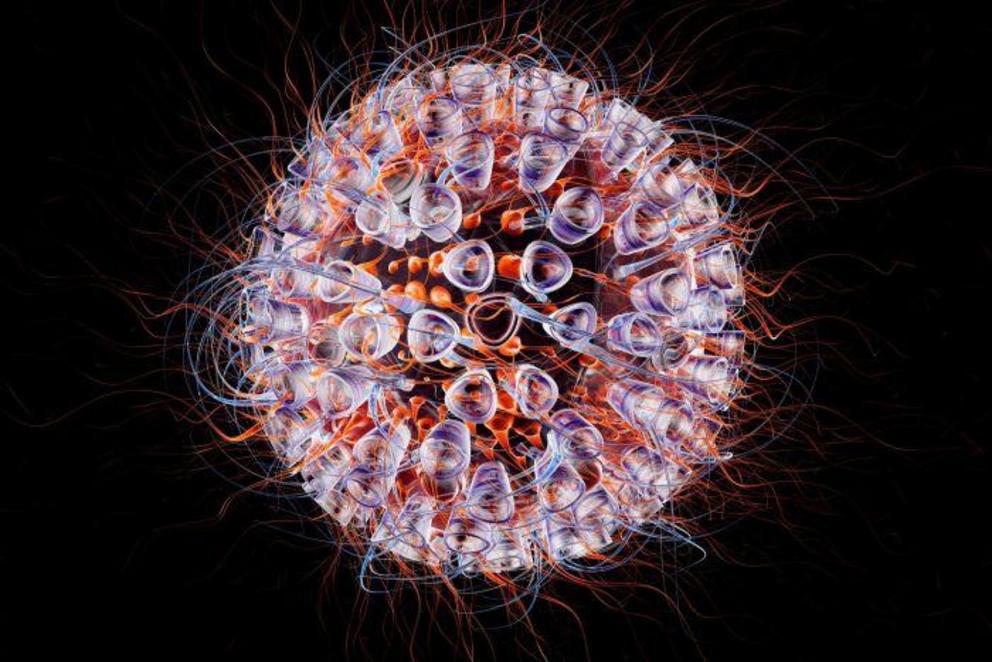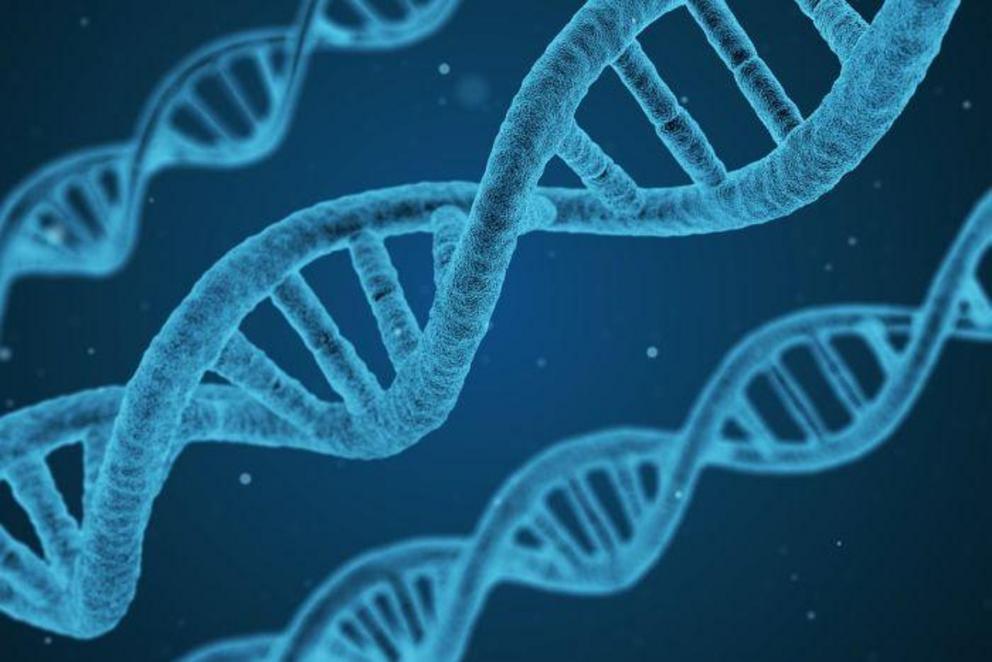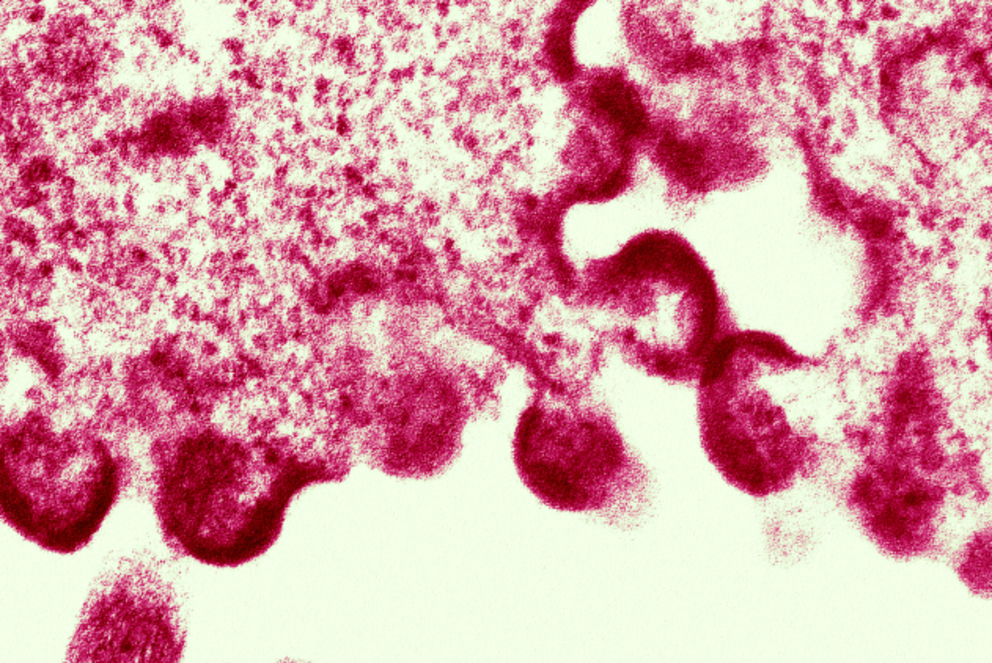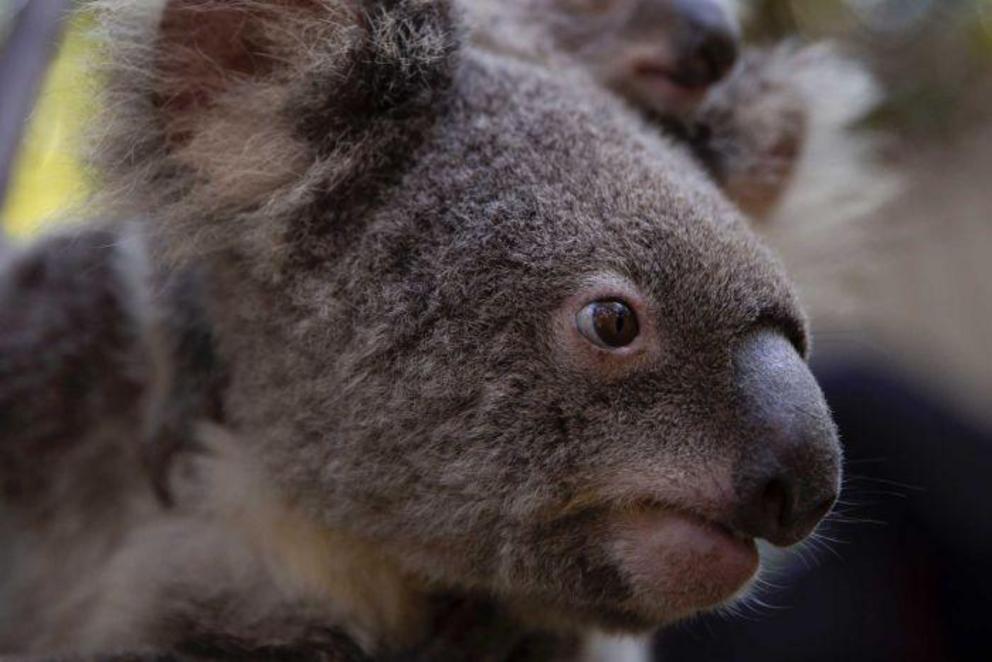Koala retrovirus leads scientists to discover 'second immune system'
An Aussie icon, the koala, is currently fighting a unique lurgy.
Key points
- Retroviruses change our DNA sequences
- Koala's are infected with a rare retrovirus that can be inherited
- In the past these virus have dramatically shaped evolutionary history
The retrovirus spreading through its population is bad news. But studies of the koala infection have led scientists to a surprising discovery: a "second immune system" in the species, according to research published on Saturday in the journal Cell.
This system, which the researchers think exists in all mammals, has a role fighting off viruses that are in the same class as deadly human diseases such as HIV.
"We have this whole system we didn't know about before, and that's pretty wild," said co-author William Theurkauf.
This "second immune system" may illuminate new ways to treat HIV, said Damian Purcell, who heads up virology research at the Doherty Institute for Infection and Immunity, and was not involved in this study.
"There's a new door opened on our understanding on this class of viruses that may have some application in human therapy," Professor Purcell said.

HIV is in the same class of retroviruses as KoRV, the koala retrovirus.
KoRV, the koala retrovirus, affects the fluffy marsupials similarly to the way AIDS affects humans. This is why chlamydia is such a big problem for them: their immune system is compromised.
What are retroviruses?
Retroviruses are a type of RNA virus. They have a special ability to insert themselves into our genetic code, changing our DNA sequence.
Once inserted, the DNA replicates and jumps around, inserting itself in random places and disrupting throughout the genetic code.
In contrast, other viruses such as the flu, herpes or Ebola, can make us very sick or even kill us, but don't mess with our genes.
This genetic meddling can have serious consequences. Case in point is the world's most famous retrovirus, HIV, which left untreated, can lead to AIDS.
"That's one of the reasons the HIV is so hard to treat, as once a cell is infected, HIV is in the genome of that cell and you can't get that out," Professor Theurkauf said.
The second immune system
The unique thing about KoRV, the koala retrovirus, is that it infects the germline cells, such as eggs, sperm and very young embryos. This means it is inherited from parent to offspring.
Koalas are the only mammals we know of with an active infection of this type of virus, said Zhiping Weng, who co-authored this study.
Most other retroviruses infect somatic cells, which make up the rest of our body and do not pass on genetic information to the next generation.
While HIV can be passed on from mother to child, it cannot be truly "inherited". However, the koala retrovirus can.
Samples of koala testes and other tissue were analysed by the researchers, who then uncovered this "second immune system" that was defending DNA from KoRV.

If koala are saved from extinction, the KoRV virus may help them evolve new adaptations to survive
The pattern of the defence is quite similar what happens with regular viruses such as the flu, Professor Theurkauf said, except instead of antibodies providing defence, it is molecules called piRNA.
These piRNA molecules were able to tell the difference between retroviral DNA and koala DNA.
Usually, when you get a virus that you have never had before, the body takes a few days to mount a full adaptive immune response, he said.
However, if your body did nothing in the meantime, the flu would kill you pretty quickly. So, there is an innate immune response which helps your body prevent disaster while it develops a more targeted response.
The "second immune system" has a similar pattern — an innate and adaptive response.
The research team uncovered an innate genome immune response to KoRV in koalas, which recognises a feature shared by all retroviruses.
This advance guard may help keep KoRV from causing complete devastation for the species.
"The animals aren't dead, they are sick. What we found was an innate response keeping them from really crashing," Professor Theurkauf said.
The researchers found that the more specialised piRNA molecules were also limiting the impact of DNA which had been inserted by previous retroviral infection. This was the adaptive genome immune response.
"Both the innate and adaptive immune response are piRNA based," Professor Weng said.
"It's the innate segment that is new, because in other mammals we haven't had the chance to look at recent infections," she said.
The discovery of this "second immune system" is "paradigm shifting" for retrovirus researchers, said Gilda Tachedjian, a retroviral biologist with the Burnet Institute.
Stirring the genetic pot

Retrovirus infection in the germline can initiate a period of rapid evolution.
"Evolution is driven by mutation. What these viral invasions do is stir the genetic pot, they basically generate a lot of genetic diversity," Professor Theurkauf said.
When enough genetic diversity is created, some variations may create positive changes that help animals survive and thrive.
"In koalas we are seeing a process that has shaped modern biology — that's never been seen before," he said.
The last time human ancestors had a retrovirus invade the germline is estimated to be around 3 million years ago, Professor Theurkauf said.
"Around 8 per cent of human DNA derives from retroviruses related to the one in koalas," he said.
What does this mean for the future of koalas?
Even though koalas are going through a period of rapid genetic evolution, if they survive into the near future, they won't be too different to their current cute state.
"Maybe they will pick up some mutation that allows them to survive in backyards, but most likely they will have an improved immune system," Professor Theurkauf said.
And while this disease is putting pressure on the population, its human activity that is really threatening the koala's survival, said Dr Keith Chappell, a molecular biologist of the University of Queensland, who was involved in the study.
"I think what this disease does pales in comparison to habitat destruction," he said.
"Stress caused by human society become make it harder for koalas to respond to retroviral infection and this can lead to higher rates of disease. So, everything goes hand in hand."
Could this research help treat HIV/AIDS?

HIV "budding" from a cell, in an image taken with an electron microscope.
Discoveries such as this that seemingly have little to do with humans can illuminate new possibilities for medical research, Professor Purcell said.
At the moment, the drugs we have to prevent HIV causing disease don't deal with the residual DNA, so if patients stop taking the drugs the virus comes straight back, he said.
"The mechanism that has been discovered is a means of controlling the DNA by introducing deletions to make it inactive, so it no longer makes an infectious virus," he said.
"Clearly it's a fundamental science discovery."
But don't hold your breath for a new HIV treatment to come out of this research, advised Professor Weng. Any medical developments from this research will be a long way off.
However, she said that by understanding the function of this second immune system, future researchers may be able to build on this research.

